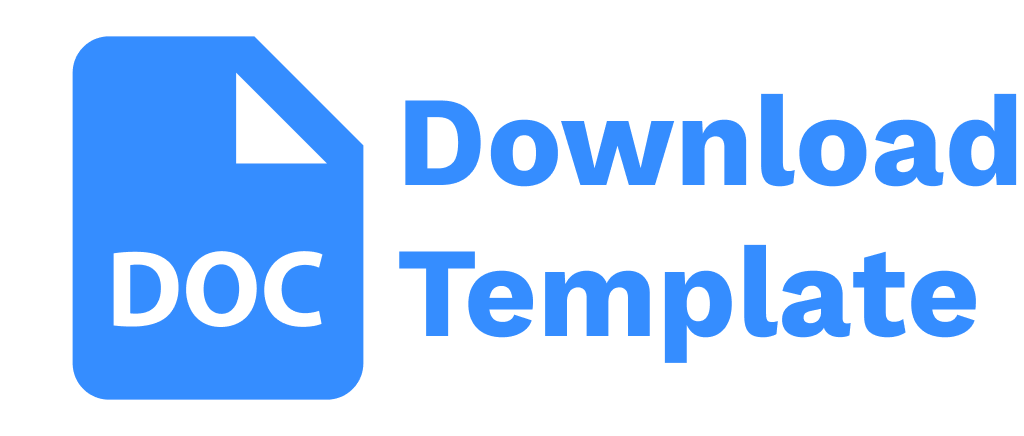Developing Blended Learning Teaching Model through Online Social Media Platform as Learning’s Support
DOI:
https://doi.org/10.21070/madrosatuna.v5i1.1389Keywords:
Development, Blended Learning, Social Media, Sport StudentsAbstract
Technology develops rapidly and it affects the technology development at physical, health, and recreation education study program of IKIP Budi Utomo as this year they uses combination learning approach. Students can study anywhere, anytime, and with whomever. To support the current availability of the facilities, the lecturers are required to develop various learning plan models which are easy and comprehensive; one of them is Blended Learning Model. The objective of this research is to develop blended learning model teaching scenario plan and develop blended learning application using social media as the media to ease the teaching and learning process. Online social media were chosen as the basic platform to distribute learning materials and communicate online because of the determinations of usage affordability, effectiveness, and familiarity. The development of blended learning scenario and application used ADDIE Model because it was a general/common learning system model and one of product development models. There is evaluation in each step of ADDIE model. Evaluation is done through validation process and the collected data were analyzed using percentage technique, they are: per item data tabulation and whole data tabulation. Based on the research result, it could be concluded that the percentage of Blended Learning Teaching Scenario developed was considered as appropriate and able to improve the students’ comprehension significantly.
References
AECT. 2004. AECT Definition and Terminology Committee Document: The Meanings of Educational Technology.
Alessi, SM and Trollip, SR. 2001. Multimedia for Learning: Methods and Development. (3rd Ed). Boston MA: Allyn and Bacon, Inc.
Allen, IE, Seamen, J. & Garret, R. 2007. Blending in: The Extent and Promise of Blended Education in the United States. USA: The Sloan Consortium.
Arifin,Zainal.2012. Evaluasi Pembelajaran (Prinsip, Teknik, Prosedur): PT Remaja Rosdakarya
Arikunto, Suharsimi. 2006. Prosedur Penelitian Suatu Pendidikan dan Praktik Jakarta: PT Rineka Cipta
Arif S, Sadiman. et. al. 2002. Media Pendidikan, Pengertian, Pengembangan dan Pemanfaatannya. Jakarta: Raja Grafindo Persada.
Ary, D.; Jacobs, L. C.; Razavieh, A. 1982. Introduction to Research in Education. (Terjemahan Arief Furchan). Surabaya: Usaha Nasional.
Arsyad, Azhar. 2002. Media Pembelajaran Jakarta:PT Raja Grafindo Persada
Aunurrahman. 2014. Belajar dan Pembelajaran. Bandung:Alfabeta
Baturay, M.H. & Yukselturk, E. (2015). The role of online education preferences on student’s achievement. Turkish Online Journal of Distance Education, 16(3), 3-12.
Branch, RM. 2009.Intructional Design: The ADDIE Approach: Department of
Educational Psychology and Instructional Technology University of Georgia
Degeng, I.N.S. Landasan Teoritik Desain Pembelajaran. Malang: Fakultas Pascasarjana IKIP Malang
Dziuban, C,H Joel L. Hartman Patsy D. Moskal 2004, Blended Learning Research Bulletin7, 1-12 Environment Conference Proceedings, Universityof Salford, Salford: Education Development Unit.
Mortera-Gutierrez, F. J. (2006). Faculty best practices using blended learning in e-learning and face-to-face instruction. International Journal on E-Learning, 5, 313–337
Joyce, B., & Marsha, W. (2000). Models of Teaching. Amerika: A. Pearson Education Company.
Oravec, J. (2003). Blending by blogging: Weblogs in blended learning initiatives. Journal of Educational Media, 28, 225–233.
Osguthorpe, R., & Graham, C. (2003). Blended learning environments. Quarterly Review of Distance Education, 4, 227–233
Rusman. (2015). Model-Model Pembelajaran: Mengembangkan Profesionalisme Guru. Jakarta: Raja Grafindo Persada.
Semler, S. (2005). Use Blended Learning to Increase Learner Engagement and Reduce Training Cost. Retrieved from http://www.learningsim.com/content/lsnews/ blended_learning1.html
Sharpe, R., Benfield, G., Roberts, G., & Francis, R. (2006). The undergraduate experience of blended e-learning: A review of UK literature and practice. Retrieved fromhttp://www.heacademy.ac.uk/assets/York/documents/ourwork/archive/blended_elearning_Full_review.pdf
Whitelock, D., & Jelfs, A. (2003). Editorial: Journal ofEducational Media Special Issue on Blended Learning. Journal of Educational Media, 28(2-3), 99-100. https://doi.org/10.1080/1358165032000177407
Sue-Jen Chen. 2007. Instructional Design Strategies for Intensive Online Courses: An Objectivist-Constructivist Blended Approach. Volume 6, Number 1, Spring 2007.
Uno, Hamzah B., Perencanaan Pembelajaran, 2006, Bumi Aksara PT: Jakarta







